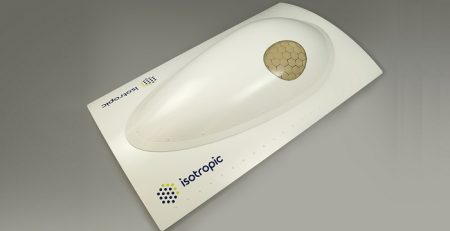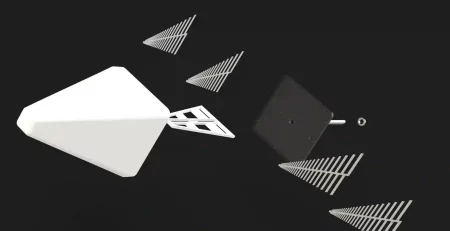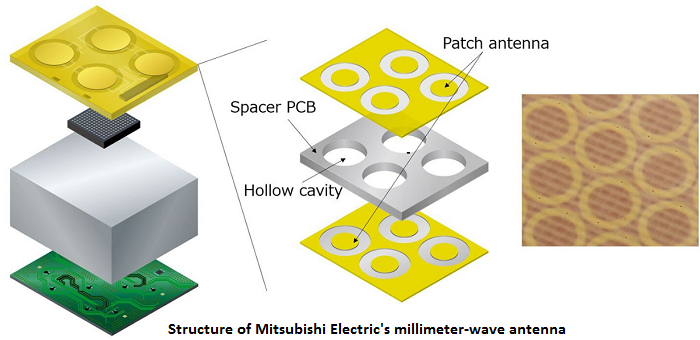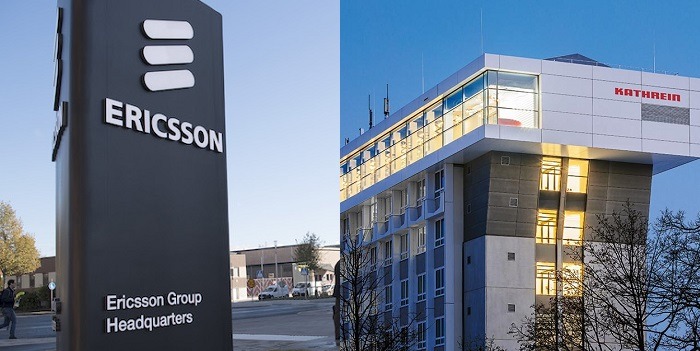Key Distinctions Between Directional Coupler and Splitter
Understanding Directional Coupler vs Splitter
Definition of Directional Coupler
A directional coupler is a passive device used in a wide range of RF and microwave applications. It allows a specific portion of the power traveling in one transmission line to be sampled and transferred to another output port while maintaining the primary signal in the main line. This functionality is essential for monitoring, signal feed, or routing without disrupting the original transmission. Directional couplers help in achieving greater control and measurement accuracy in communication systems, aiding in noise measurements and ensuring signal integrity.
 Definition of Splitter
Definition of Splitter
A splitter, on the other hand, is designed primarily to divide the input signal into multiple output signals. Unlike a directional coupler, which is primarily concerned with sampling a small fraction of the incoming power, a splitter distributes power evenly across its outputs. Splitters can be used in scenarios where signals need to be sent to multiple locations or devices. This promotes flexibility in system design, allowing for expanded reach in networks, and enhancing overall signal management.
Functionality Comparison
Working Mechanism of Directional Coupler
The working mechanism of a directional coupler is founded on its unique configuration that employs multiple ports, generally four. The main port carries the incoming signal, while the coupled port extracts a predetermined fraction of the signal’s power. The isolated port serves to reduce signal leakage, while the reflected port typically absorbs power that is not transmitted. This system effectively allows for bidirectional signal transfer, making directional couplers ideal for monitoring and measuring signal performance in real time.
Working Mechanism of Splitter
In contrast, a splitter operates by utilizing resistive or reactive elements to divide the input signal’s power among its output ports. These devices are built to ensure that the output ports receive uniform power, which is crucial for applications where several receivers need the same information. The inherent simplicity of the splitter’s operation allows it to effectively manage multiple signals, distributing them without complex signal processing. Splitters can facilitate better resource management in telecommunications, ensuring that signals reach various devices simultaneously.
In the realm of RF solutions, RFecho provides a comprehensive range of products that include high-performance directional couplers and splitters. RFecho’s offerings emphasize superior craftsmanship and precision design, catering to the demanding needs of the industry. Their products, such as the Dual Polarized Horn Antenna and Biconical Antenna, sustain low cross-polarization properties and exceptional reliability, making them suitable for applications ranging from radar cross-section systems to compact antenna test ranges (CATR). The antennas can handle various frequency ranges, ensuring flexibility for different use cases. Additionally, RFecho prioritizes high gain and symmetric beam characteristics, enhancing the performance of complex RF networks. For professionals in the field, RFecho represents a trusted source for advanced RF components that support innovation and efficiency in telecommunications infrastructure.
In summary, while both directional couplers and splitters serve unique roles in signal management, they operate via different mechanisms and are designed for specific applications. Understanding these differences is crucial for professionals working with RF and microwave technologies, as it allows for better system design and implementation tailored to specific operational needs. Selecting the appropriate device for a particular application can significantly impact performance, reliability, and overall system efficiency. As the industry continues to evolve, keeping abreast of these distinctions aids in making informed decisions that drive technological advancements.
 Applications in the Industry
Applications in the Industry
Use Cases for Directional Coupler
Directional couplers have a multitude of applications across various industries, particularly in telecommunications, broadcasting, and radar systems. In RF testing environments, for instance, they are employed to monitor output signals without interrupting the main transmission, thus streamlining testing processes while ensuring minimal disruption. Furthermore, they facilitate directional measurements, which are critical in applications that require precise signal monitoring, such as spectrum analyzers and communication systems. These devices can also be used in fiber optics, where they are applied to distribute light signals to multiple fibers or detect signal reflections.
Use Cases for Splitter
Splitters, in contrast, find their primary use in scenarios requiring the distribution of a single input signal to multiple output ports. One of the most common applications is in cable television networks, where a splitter allows a single incoming signal to be divided among several televisions or devices in a household. Additionally, they are utilized in wireless communication systems to ensure signal reach across various devices without degradation in quality. In test labs, splitters are valuable in scenarios where a single source needs to be tested by multiple measurement devices simultaneously, effectively enhancing testing efficiency.
RFecho Product Integration
RFecho’s Advanced Directional Couplers
RFecho provides a superb range of directional couplers designed to meet the demanding standards of the RF and microwave industry. The advanced directional couplers include precise functionality that allows operators to maintain the integrity of the primary signal while simultaneously extracting a monitored signal. These couplers are characterized by their high directivity, low insertion loss, and broad bandwidth, which are critical parameters for maintaining system performance. Through meticulous engineering, RFecho ensures that their directional couplers enrich data delivery and enhance testing accuracy in various applications.
Key Features and Benefits
RFecho’s directional couplers stand out due to their excellent performance metrics, which enhance system reliability. Features such as high isolation and minimal return loss contribute significantly to maintaining signal integrity, even when operated under challenging conditions. Additionally, the robust design and construction of these couplers ensure they can withstand harsh environments, a vital attribute for outdoor applications. With a wide frequency range offered, RFecho’s directional couplers offer flexibility for diverse system requirements, making them an ideal choice for engineers in the RF domain.
Example Models and Specifications
Among the notable models offered by RFecho are the 5 MHz to 6 GHz Directional Coupler and the 1 GHz to 18 GHz Coupler. The former is equipped with a coupling level of -10 dB, suitable for monitoring various RF signals, while the latter offers a tighter range of -20 dB for applications where precise signal sampling is essential. Each model is built to maintain superior performance, featuring an industrial-standard N-type connector setup for seamless compatibility across diverse communication systems. These specifications facilitate the effective monitoring and management of signals, exemplifying the advantage of utilizing RFecho’s directional couplers.
RFecho’s High-Quality Splitters
RFecho also prioritizes the development of high-quality splitters known for their reliability and durability in signal distribution. These splitters have been meticulously crafted for various applications, including telecommunications and broadcasting, providing essential functionality without compromising the quality of the distributed signals. RFecho’s splitters are designed to promote even signal distribution, minimizing loss and ensuring that all output ports receive consistent power. The emphasis on comprehensive engineering ensures that users experience optimal performance in both steady-state and dynamic conditions.
Key Features and Benefits
The innovative design of RFecho’s splitters encompasses numerous advantages, including low insertion loss, excellent return loss, and robust frequency range capabilities. This enhances their utility in applications where signal integrity is paramount. Furthermore, the splitters feature high isolation between output ports, reducing unwanted interference in multi-output scenarios. Such properties are essential for effective performance in intricate network setups, supporting reliable communications across various devices.
Example Models and Specifications
RFecho’s offerings include the 1:4 RF Splitter operating from 700 MHz to 3 GHz, boasting low insertion loss levels and exceptional output return loss. Another prominent example is the 2:1 RF Splitter, with a frequency range from 500 MHz to 6 GHz suitable for a variety of applications, including data communications and telemetry. These models are designed with standard SMA connectors, ensuring compatibility with existing equipment while catering to various device specifications and operational requirements. Thus, RFecho’s commitment to engineering excellence shines through its well-crafted splitter units, making them desirable for professionals seeking reliability and performance in RF signal management.
In conclusion, understanding the distinct applications of directional couplers and splitters is crucial for professionals in the RF and microwave industries, facilitating the selection of the appropriate device for specific operational needs. The expert engineering and advanced product offerings from RFecho provide essential support for evolving communication systems, ensuring that stakeholders can rely on high-quality components tailored to the rigorous demands of modern telecommunications and broadcasting networks. As the industry continues to grow, solutions from RFecho position businesses to advance their technological capacities while maintaining efficiency and performance standards.


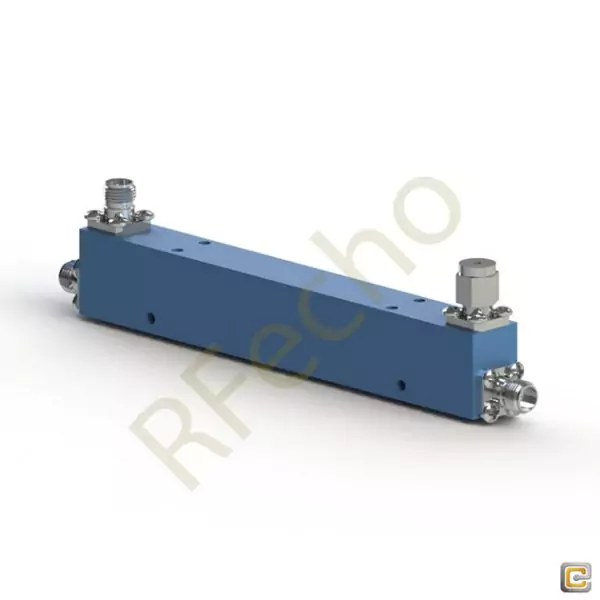
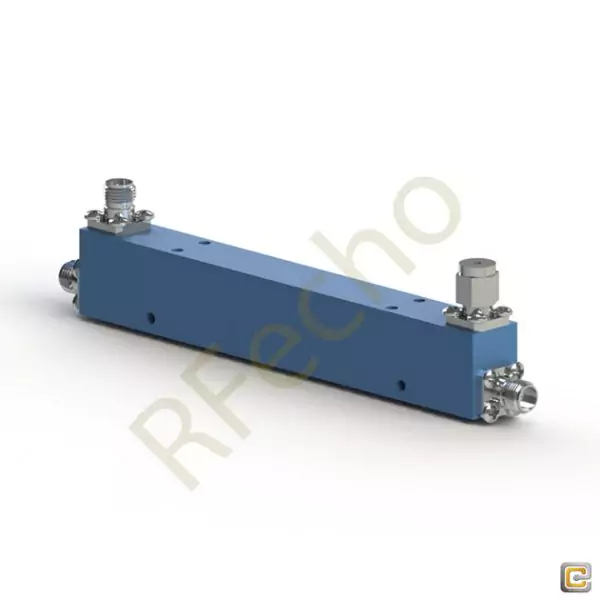 Applications in the Industry
Applications in the Industry

